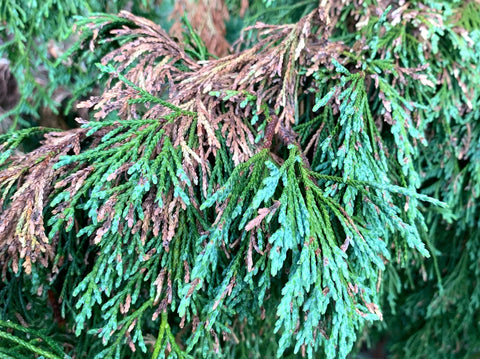Watching the leaves of your beloved houseplant turn brown and fall off can be disheartening, but it's often a natural and healthy part of a plant's life cycle. Leaf shedding in houseplants is generally a normal process related to aging and growth. This blog post explores why houseplants drop old leaves and how this can actually be a sign of good health and vitality.
Natural Aging Process
Just like any living organism, houseplants go through life cycles and aging processes. Leaves, which are the primary sites for photosynthesis and transpiration, eventually age and their efficiency declines. Here’s why and how this natural shedding occurs:
Lifecycle of a Leaf
- Age Factor: Each leaf has a lifespan after which it will naturally senesce (age) and drop. This lifespan varies widely among different plant species and even among individual plants depending on their growing conditions.
Energy Allocation
- Resource Management: Plants instinctively drop older, less efficient leaves to redirect their energy towards fostering new, healthy growth. This is particularly common in fast-growing species or when the plant is in a growth phase.
Signs of Natural Leaf Shedding
- Older Leaves Affected: Typically, the leaves that turn brown and drop off are older and are usually located toward the bottom or the interior of the plant, where they receive less light.
- Healthy New Growth: Even as older leaves are shed, the plant should continue to produce fresh, healthy leaves.
Specific Examples in Common Houseplants
- Fiddle Leaf Fig: Known for their large, glossy leaves, Fiddle Leaf Figs will often shed older lower leaves as they grow taller and produce new foliage at the top.
- Benjamina Ficus: This plant, also known as the Weeping Fig, frequently drops older leaves, especially when moved to a new location or under environmental stress, as part of its adaptation process.
Distinguishing Natural Shedding from Problems
While leaf shedding can be a normal process, it’s important to distinguish it from shedding due to pests, disease, or environmental stress. Here are some signs that there might be a problem:
- Widespread Discoloration: If leaves at various stages of growth are dropping, not just the old ones.
- Other Symptoms: Look for signs of pests, such as sticky residue or visible insects, or symptoms of disease like spots or rotting.
Care Tips to Minimize Unnecessary Leaf Loss
To ensure your houseplant remains healthy and only sheds leaves naturally due to aging, consider these care tips:
- Proper Lighting: Ensure your plant receives adequate light, appropriate to its species, as poor lighting can exacerbate leaf shedding.
- Adequate Watering: Overwatering or underwatering can stress the plant and cause leaves to drop. Water only when the top inch of soil is dry.
- Humidity and Temperature: Maintain a stable environment that mimics the plant's natural habitat as much as possible. Sudden changes can cause stress.
- Nutrition: Feed your plants with a balanced fertilizer during their growing season to ensure they have the nutrients needed for healthy growth.
Conclusion: Embrace the Natural Cycle
Understanding that leaf shedding is a part of the natural lifecycle of your houseplants helps in providing them with the right care. By monitoring their growing conditions and ensuring they are met, you can enjoy the beauty of healthy indoor plants that are continually rejuvenating themselves.
For more tips on caring for your indoor plants, visit Simply Trees. Our expertise can help guide you through every aspect of houseplant care, ensuring your green companions thrive in your home.


